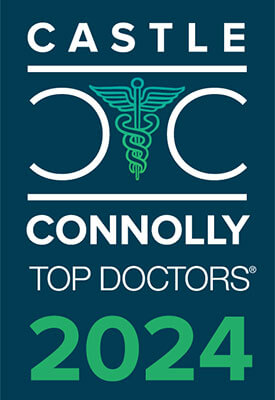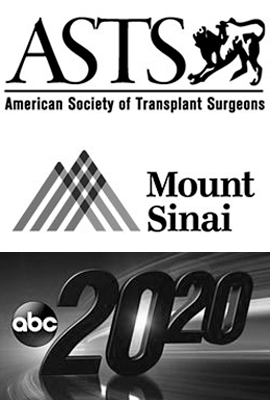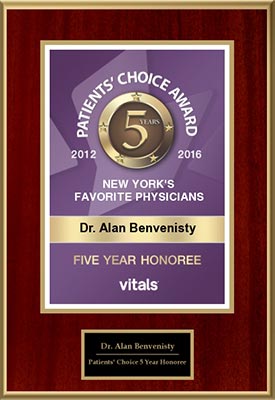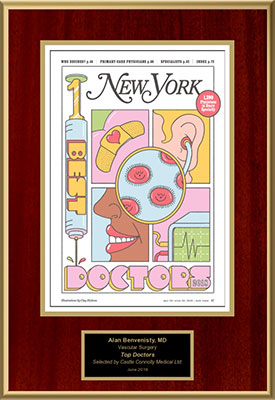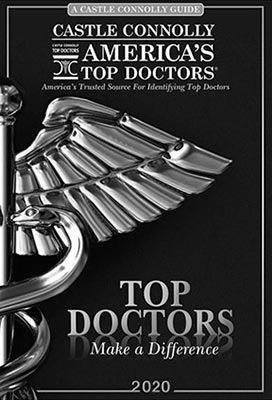Aortic Conditions and Treatment Options
As a large elastic type of artery, the aorta is the main blood vessel and channel for oxygenated blood in the body. With three layers comprised of elastic tissue, smooth muscle cells and collagen, the aorta is subdivided into specific components. This includes the thoracic aorta, ascending aorta, descending thoracic aorta and abdominal aorta, which is noted as suprarenal or infrarenal. When the aorta is affected by disease, it can split (dissection) or dilate (aneurysm). This explains why diseases of the aorta account for most cardiovascular-related deaths as well as worldwide deaths.
While damage to the aorta may be genetically determined (Marfan syndrome), other conditions play a role. Consider the following:
- Atherosclerosis (hardening of the arteries)
- High blood pressure (hypertension)
- Disorders of the connective tissues (Ehler-Danlos disorder, polychondritis, scleroderma, osteogenesis imperfecta, polycystic kidney disease, Turners syndrome)
- Infectious and noninfectious diseases (inflammatory disorders)
- Trauma
Depending on the extent of the damage to the aorta as well as its location, treatment may include medication (beta blockers), medical devices (stent) and endovascular and vascular surgery (grafting).
Board Certified General and Vascular Surgeon Dr. Alan I. Benvenisty, MD holds extensive experience in the diagnosis of vascular disease, and he presents a conservative methodology to those suffering from aortic conditions. Dr. Benvenisty’s conscientious and patient-centered approach is why many seek his expertise when it comes to non-surgical options for aortic and other vascular illnesses. To schedule an appointment with Dr. Benvenisty, contact our New York City office on Amsterdam Avenue today.
Types of Aortic Conditions
Treatment Options for Aortic Conditions


